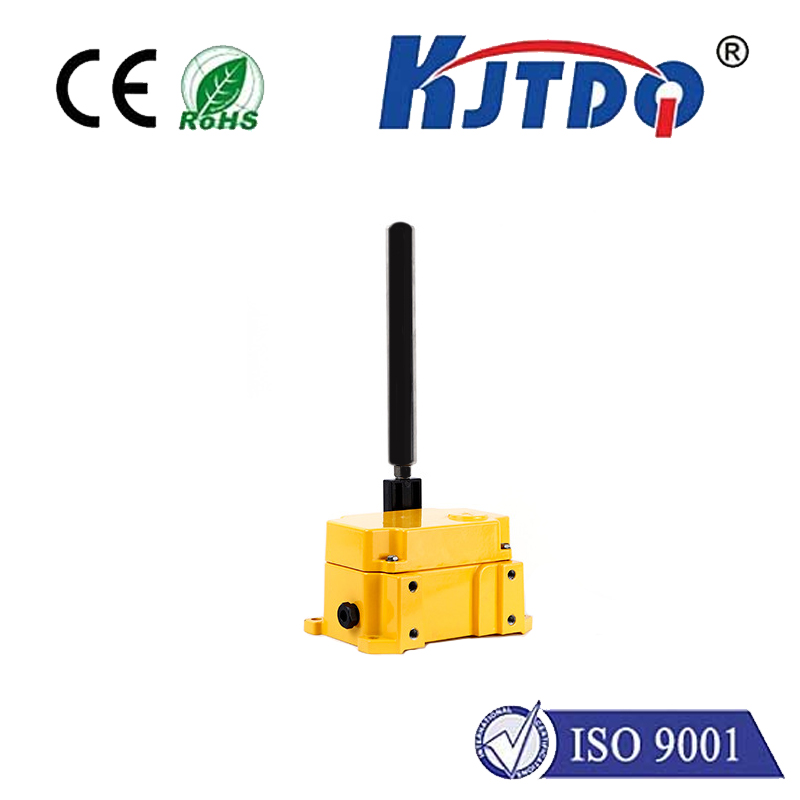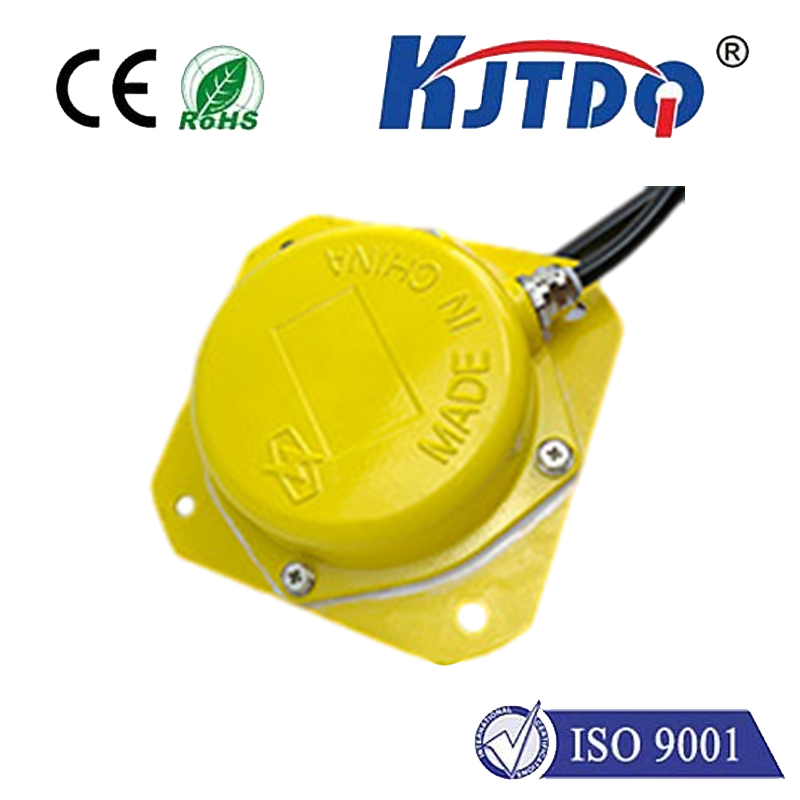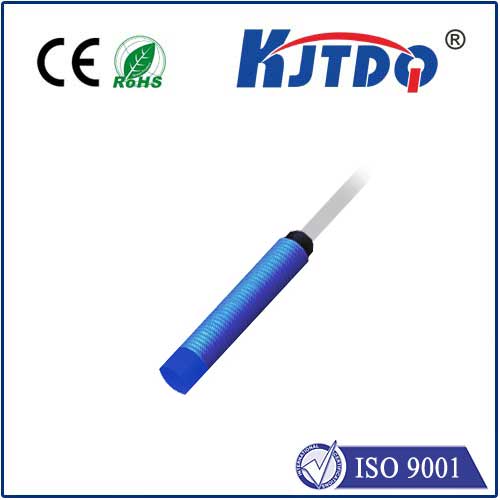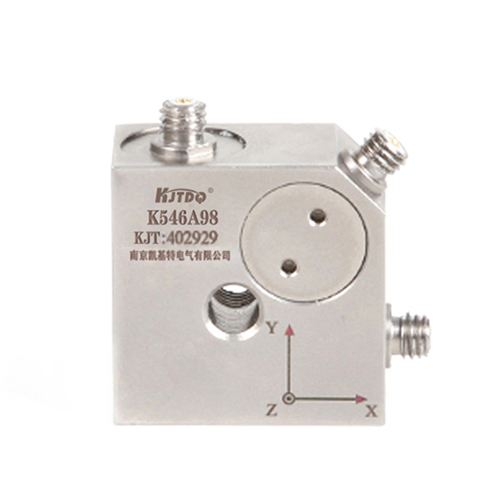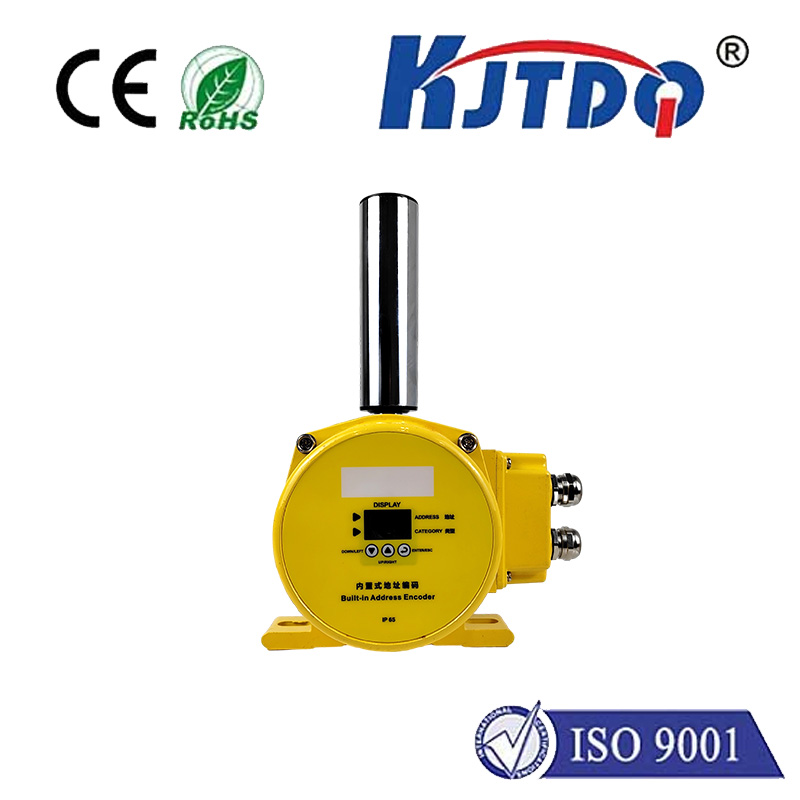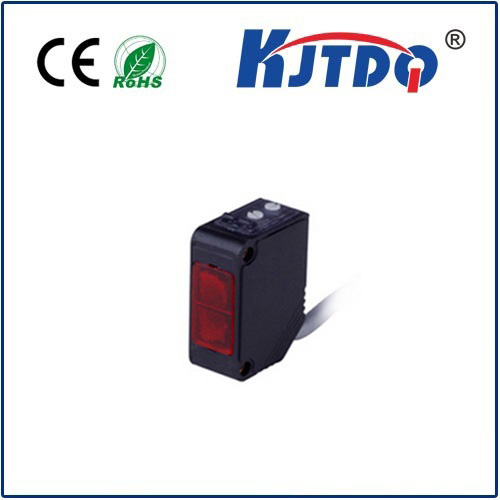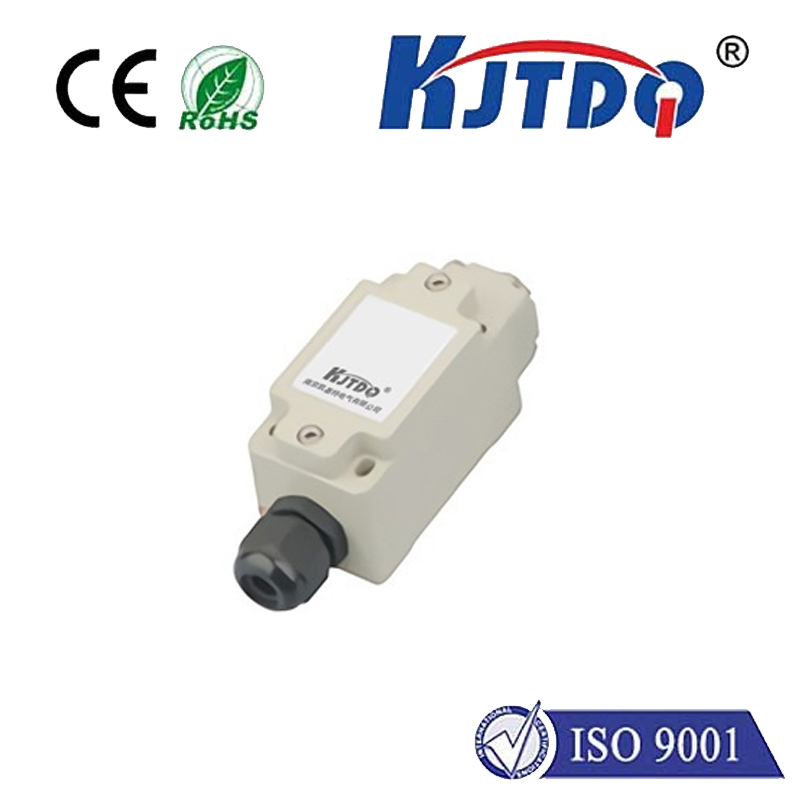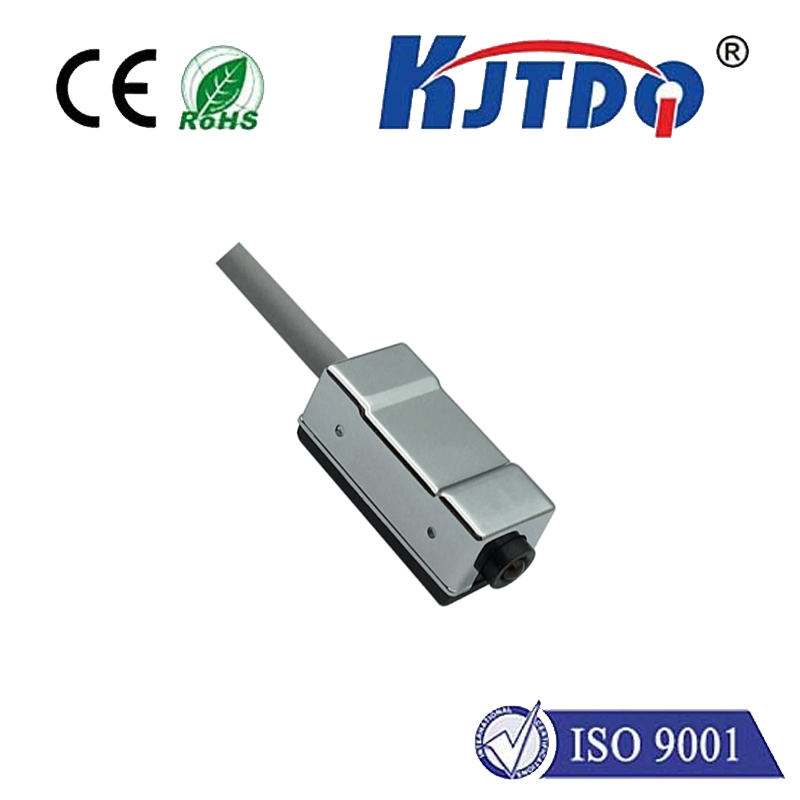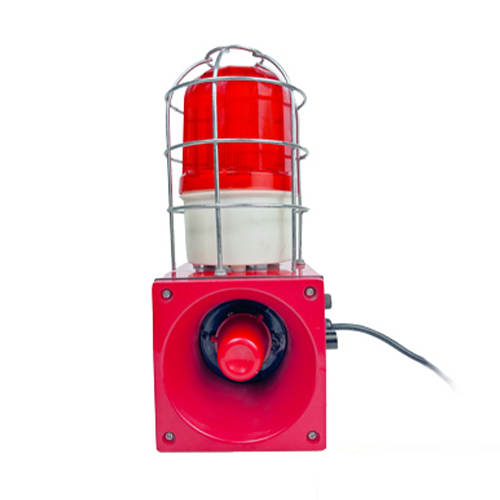Why can farmers instantly gauge crop health from a smartphone, or environmental scientists rapidly detect pollutants in a river? The invisible powerhouse enabling this revolution is often smaller than your fingertip: the spectrometer sensor. These remarkable devices are silently reshaping how we understand and interact with the physical world around us, moving complex analysis out of specialized labs and into the field, the factory floor, even our pockets. Forget the bulky instruments of yesterday; today’s spectrometer sensor is a marvel of miniaturization and power.
At its core, a spectrometer sensor performs a fundamental task: it captures and analyzes light. But it doesn’t just measure brightness. It meticulously dissects light into its constituent wavelengths, creating a unique spectral signature or fingerprint for whatever it’s examining. Traditional benchtop spectrometers achieved this using prisms or gratings to spread out light, coupled with sensitive detectors. The quantum leap came with integrating sophisticated optics, micro-electro-mechanical systems (MEMS), advanced detector arrays (like CCDs or CMOS sensors), and powerful processing algorithms onto a single, tiny spectrometer sensor chip.

This miniaturization is more than just a trend; it’s unlocking unprecedented possibilities. Suddenly, complex chemical analysis isn’t confined to the laboratory. Consider these transformative spectrometer sensor applications:
Choosing the right spectrometer sensor hinges on understanding key performance parameters:
| Critical Parameter | Why It Matters | Considerations |
|---|---|---|
| Spectral Range | Determines what materials/compounds can be detected | UV-Vis (200-800nm), NIR (900-1700nm), Mid-IR (3-5µm) |
| Resolution | Ability to distinguish closely spaced spectral lines | Higher resolution reveals finer spectral details |
| Sensitivity (SNR) | Ability to detect weak signals accurately | Critical for low-light applications and trace detection |
| Dynamic Range | Ability to measure very bright and very dim signals | Essential for diverse sample types and concentrations |
| Integration Time | Measurement duration control | Adjustable for balancing speed and sensitivity |
| Form Factor & Robustness | Physical suitability for application | Size, weight, power consumption, environmental resilience |
The relentless drive for smarter, smaller, and cheaper continues. Advances in hyperspectral imaging sensors capture detailed spatial and spectral information in a single scan, opening doors in precision agriculture and remote sensing. Artificial intelligence and machine learning are increasingly vital, enabling these sensors to manage complex data, recognize intricate patterns, and even predict material properties directly from spectral data. Hybrid designs combining different sensor technologies (e.g., Raman with traditional spectroscopy) are creating even more potent analytical tools. Integration with AI for spectral pattern recognition is a particularly powerful emerging trend.
From the vast expanse of space exploration to the intricacies of cellular biology, spectrometer sensors are shrinking the boundaries of what’s measurable. They are transforming industries by embedding analytical power directly where it’s needed most, enabling faster decisions, enhanced quality control, and deeper scientific understanding. This quiet revolution, powered by the sophisticated analysis of light within these tiny chips, continues to illuminate new paths forward across countless fields. The era of ubiquitous spectral analysis has arrived, fundamentally changing how we measure and understand our world.
